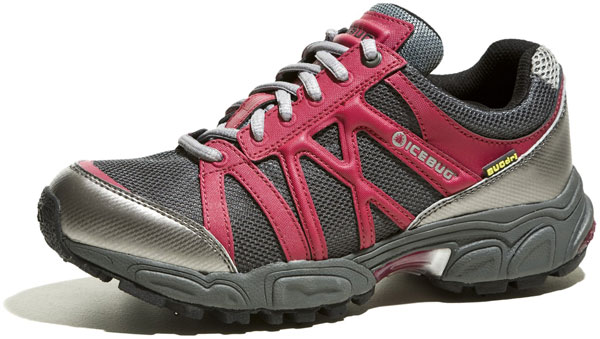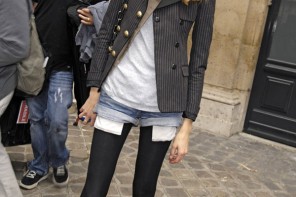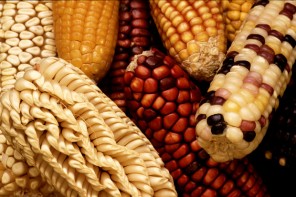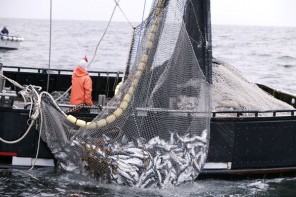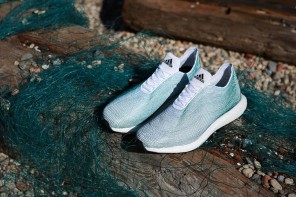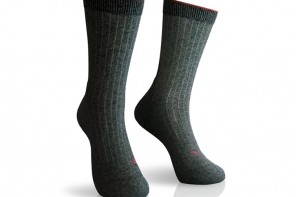Shoes and sneakers don’t really seem like products that would have a large impact on the environment, but they do. The footwear industry – along with the rest of the textile industry – is one of the worst polluting in the world. Mass production factories emit airborne and toxic chemical effluents during the production of shoes and the use of gas and oil also makes it a fuel-intensive industry.
According to Cereplast.com, it takes about 1,000 years for the average show to biodegrade. If you think of everything that goes into making a sneaker – from the plastics and leather to the solvent-based adhesives – you can easily imagine how non-green these fashion items are.
Leather shoes are dangerous?
The Swedish Society for Nature Conversation partnered with environmental organisations in South Africa, Uganda, the Philippines, India and Belarus to conduct a study to identify environmental toxicants in everyday consumer products. The organisations bought pairs of well-known brand shoes in various countries and analysed the shoes to find harmful metals and organic compounds.
According to Naturskyddsfireningen.se, most of the chemical compounds in leather shoes come from the dyeing, preservation and tanning of the leather. The worst part is that the toxicants either cross the skin and enter our bodies or leach out of the waste shoes in landfills into soil and groundwater. The Swedish Society for Nature Conversation went so far as to conclude that leather waste must be designated as hazardous waste and managed accordingly, thanks to the risk of hexavalent chromium in these shoes.
So what’s being done?
Luckily, there are a number of companies who have started to make more eco-friendly shoes and sneakers. Materials such as recycled carpet padding, recycled car tires, crepe (which is a natural rubber found in trees in Brazil), bamboo, cork and sustainable wood are all being used to design greener sneakers.
Veja’s organic cotton sneakers look almost identical to the funky white sneakers that Nike, Adidas, Puma and Lacoste sell. The soles are made from wild rubber and the shoes’ materials are made from organic cotton. They have stockists all over the world – from Belgium, Denmark and Finland to Canada, Japan and New Zealand, but unfortunately not in South Africa yet.
An American brand called Simple Shoes, recently stopped making their sustainable shoes, but the products they developed will likely be used by future green shoemakers. Simple Shoes (which are now only available at www.zappos.com) are made from recycled or organic materials, but they even took it a step further by developing a special cushioning made of recycled contents for the foot beds of the sneakers. Simple Shoes also made a brand called BioStep, where the sole of the shoes is completely biodegradable.
There are also more sustainable options for serious runners. Vasque Aether Tech Runners are made with 30% recycled content. While these aren’t 100% recycled shoes, the company incorporates green policies in their marketing and packaging, which shows they’re making an effort to reduce their impact on the environment. These running shoes retail at about USD$80 (approximately R600), which is what you would pay for running shoes in sports and clothing stores.
Another eco-friendly running shoe is the Brooks Adrenaline GTS 10 Runners, which feature the world’s first biodegradable midsole. The soles are made from traditional rubber, but a non-toxic component has been added to make it eco-friendly if it hits the landfill.
While it’s still difficult to walk into any store and buy eco-friendly shoes, there are definitely an increasing number of shoe manufacturers who are producing sustainable sneakers. Here’s a list of 48 places to buy eco shoes – with a bit of hunting, you might even be able to find one that ships to SA.
Recycling shoes
There are also quite a few companies and organisations (even shoe manufacturers) who are encouraging shoe recycling. Recycledrunners.com is an international directory where people can list their shoe recycling program, find drop off locations for old shoes and even donate to the cause.
“Every day sports enthusiasts go through countless pairs of running and other athletic shoes. We offer the first online recycling and donation directory that helps people find these local and international shoe recycling programs,” says Recycled Runners.
Other recycled running shoe programs include Up & Running, Reuse-A-Shoe (Nike’s shoe recycling initiative), Oakengates Shoe Banks and Shoe4Africa – a program that blossomed from Kenya to Tanzania when a runner was training in the area and discovered the diseases (such as Hookworm) that people get when they had to run barefoot. Another US initiative that is helping Africans is the Perpetual Prosperity Pumps Foundation, the foundation has set up collection sites around the Northeastern US where people can drop their “used but not abused” sneakers and the shoes are shipped to Ghana.
One could argue that all the shipping of shoes from the US to Africa might have an even worse impact on the environment, which could be a valid reason to ditch running shoes altogether.
The barefoot running trend
A growing trend among runners and joggers is to run barefoot (or to run in “minimalist running shoes”, which look like rubber toe-gloves). One of the reasons why barefoot running has become popular is because running in normal running shoes almost forces you to land on your heels. This isn’t necessarily the “natural” way of running, because when running barefoot you will notice that you land on the front half of your feet. Some books, such as New York Times bestseller Born to Run reported that people (particularly the Tarahumara Indians of northern Mexico) suffer fewer running injuries than North Americans do, even though they run ultralong distances in thin rubber sandals. ABC.com, however, has said that podiatrists are reporting more injuries – such as pulled calf muscles and Achilles tendinitis – since the trend of barefoot running has taken the world by storm.
Whether you’re interested in ditching shoes altogether (which is not very likely for our fashionistas) or you’re going to invest in fully recycled shoes, it’s important to know there are green alternatives out there. Pro athletes, casual runners or even those who simply wear sneakers to the movies can all make a difference by investing in more eco-friendly alternatives.

